Rising Disposable Incomes
The Luxury Buses Market appears to be positively influenced by the increasing disposable incomes of consumers. As individuals and families experience growth in their financial capabilities, the demand for luxury travel options, including high-end buses, is likely to rise. This trend is particularly evident in emerging economies, where a burgeoning middle class seeks premium travel experiences. According to recent data, the luxury travel segment has seen a notable increase, with projections indicating a compound annual growth rate of over 10% in the coming years. This economic shift suggests that more consumers are willing to invest in luxury transportation, thereby driving the Luxury Buses Market forward.
Growing Demand for Group Travel
The Luxury Buses Market is experiencing a surge in demand for group travel solutions. As organizations, corporations, and social groups increasingly opt for collective travel experiences, luxury buses are becoming a preferred mode of transportation. This trend is particularly pronounced in the context of corporate events, weddings, and family reunions, where comfort and style are paramount. Market data indicates that the group travel segment is projected to grow significantly, with an expected increase in bookings for luxury bus services. This shift towards group travel not only enhances the appeal of luxury buses but also positions them as a viable alternative to traditional travel methods, thereby bolstering the Luxury Buses Market.
Enhanced Safety and Comfort Features
The Luxury Buses Market is likely to benefit from the ongoing enhancements in safety and comfort features. Manufacturers are increasingly integrating advanced technologies such as collision avoidance systems, automated braking, and enhanced seating arrangements to ensure passenger safety and comfort. This focus on safety is particularly relevant as consumers become more discerning about their travel choices. Recent statistics suggest that the incorporation of these features has led to a rise in consumer confidence, which in turn drives demand for luxury buses. As safety and comfort continue to be paramount in travel decisions, the Luxury Buses Market is expected to see sustained growth.
Increased Focus on Eco-Friendly Options
The Luxury Buses Market is witnessing a shift towards eco-friendly transportation solutions. As environmental concerns gain prominence, consumers are increasingly seeking sustainable travel options. Luxury bus manufacturers are responding by developing vehicles that utilize alternative fuels and incorporate energy-efficient technologies. This trend is supported by data indicating that a significant portion of consumers is willing to pay a premium for environmentally friendly travel options. The rise of eco-consciousness among travelers suggests that the Luxury Buses Market could experience growth as it aligns with these evolving consumer preferences, potentially leading to a new segment of eco-luxury buses.
Technological Integration in Luxury Travel
The Luxury Buses Market is being transformed by the integration of cutting-edge technologies. Innovations such as onboard Wi-Fi, entertainment systems, and smart seating arrangements are becoming standard features in luxury buses. This technological advancement not only enhances the travel experience but also appeals to tech-savvy consumers who prioritize connectivity and comfort. Market analysis indicates that the demand for technologically advanced luxury buses is on the rise, with projections suggesting a steady increase in sales. As technology continues to evolve, the Luxury Buses Market is likely to adapt, ensuring that it meets the expectations of modern travelers.



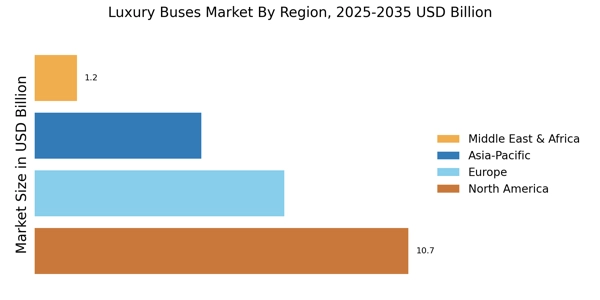

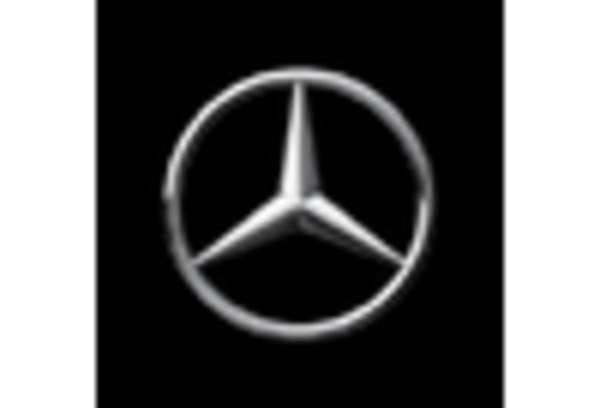
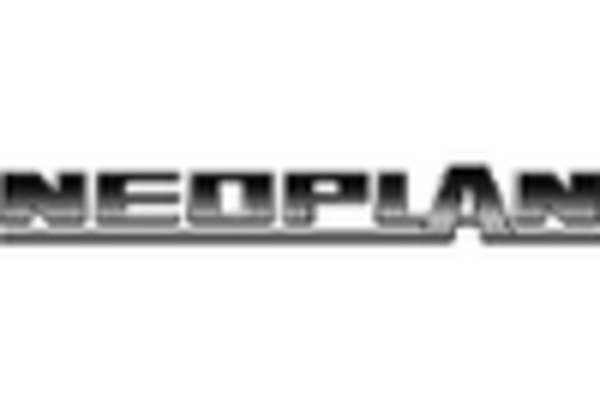
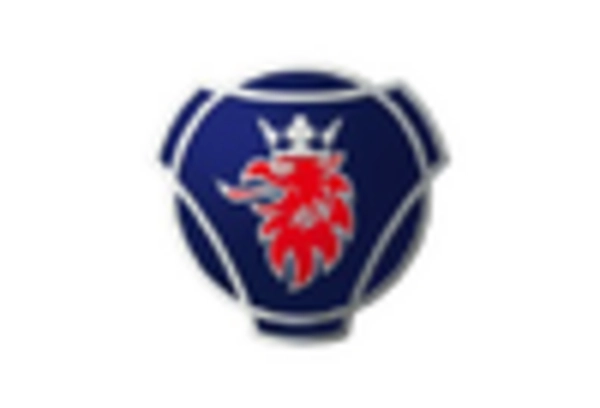

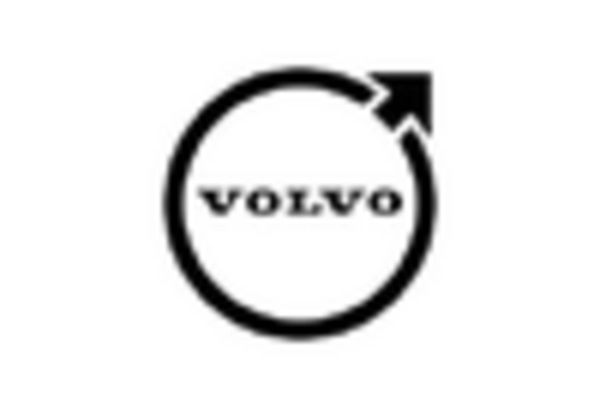








Leave a Comment